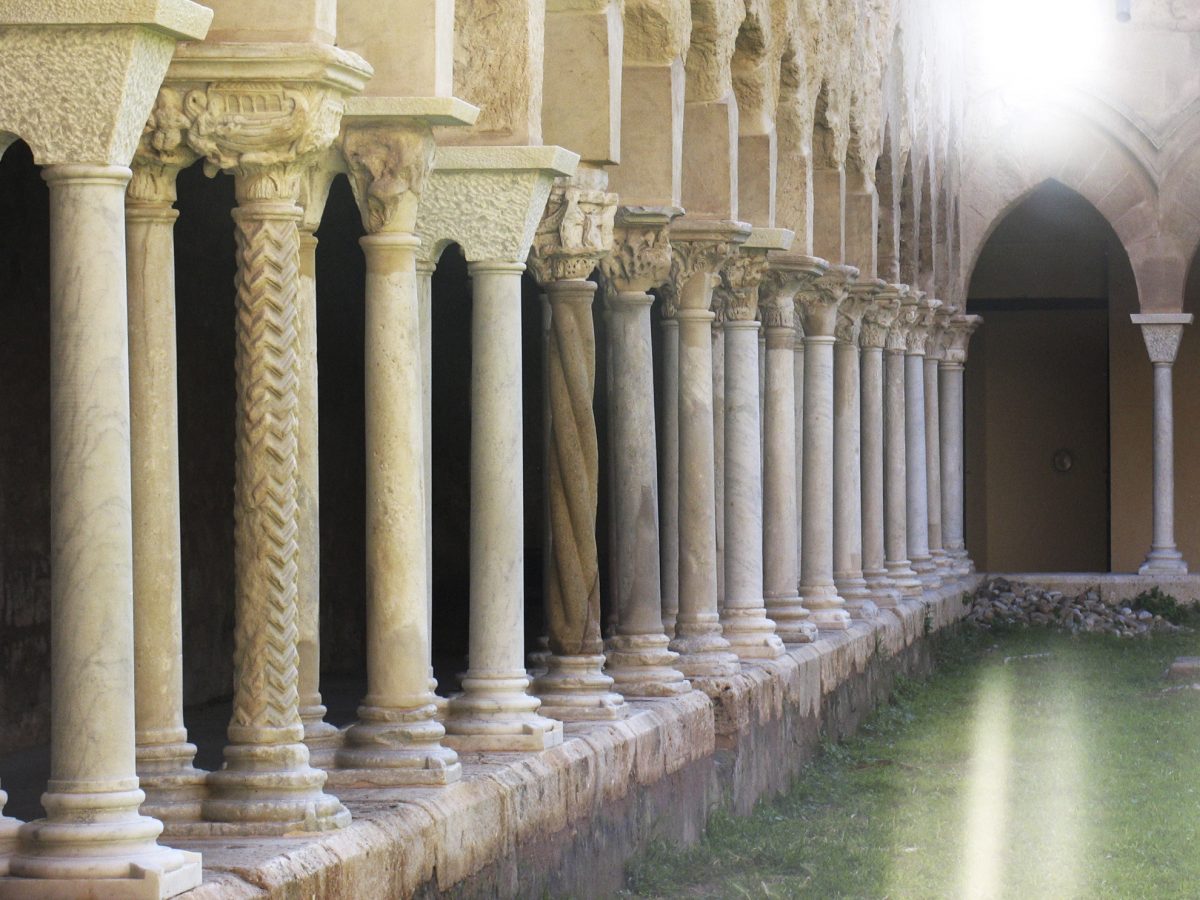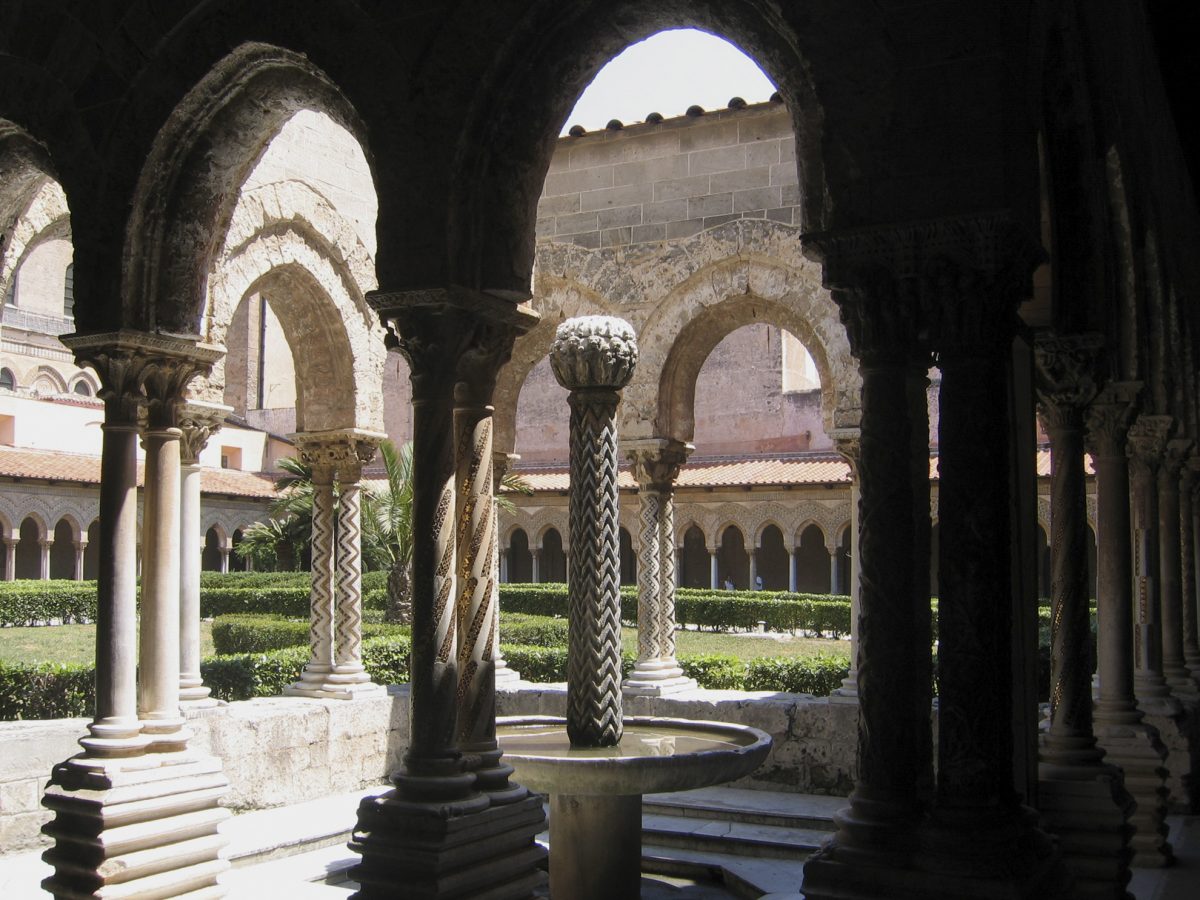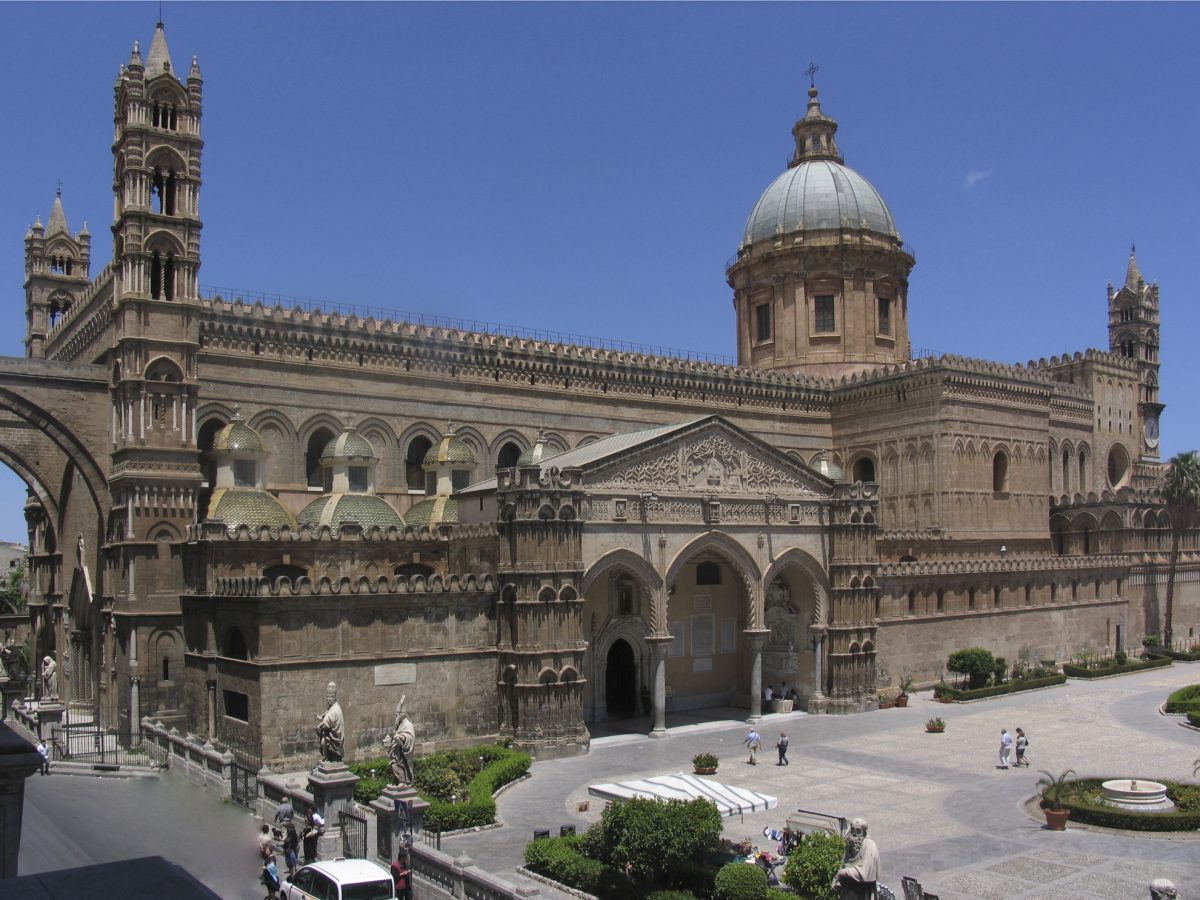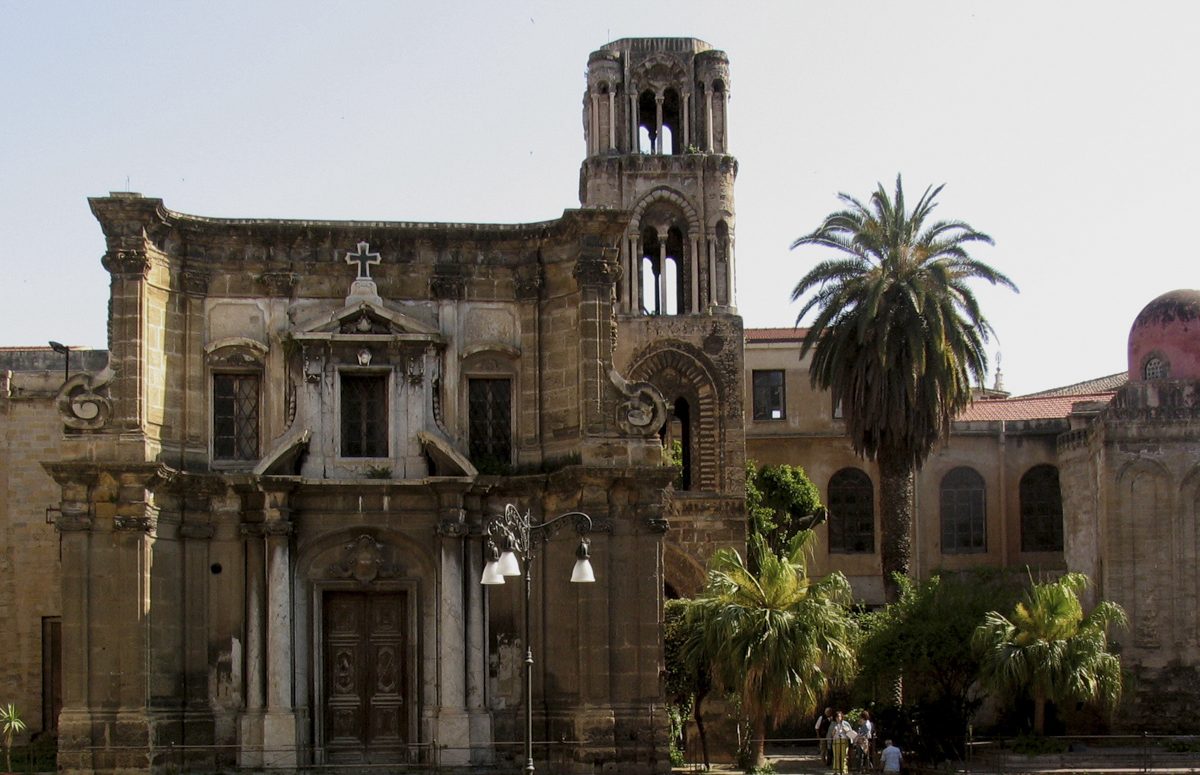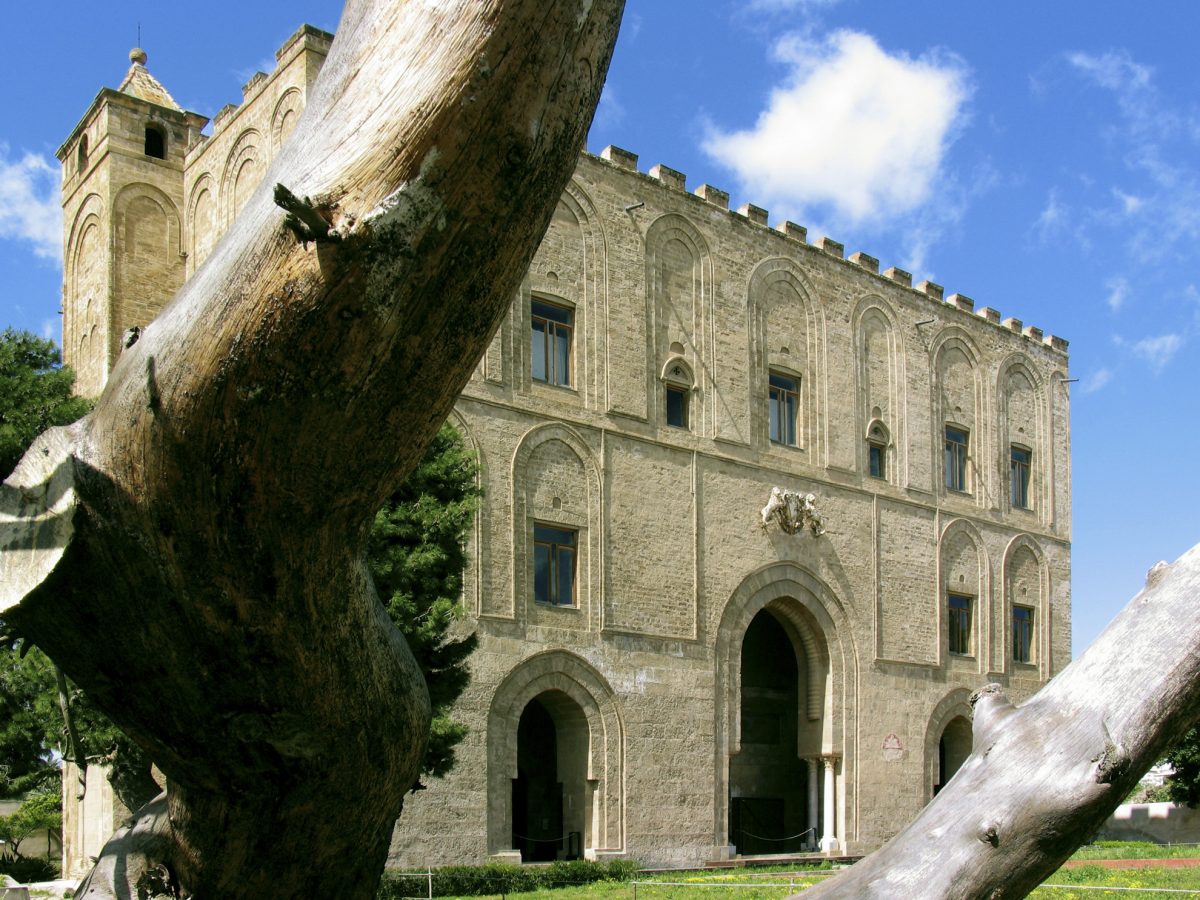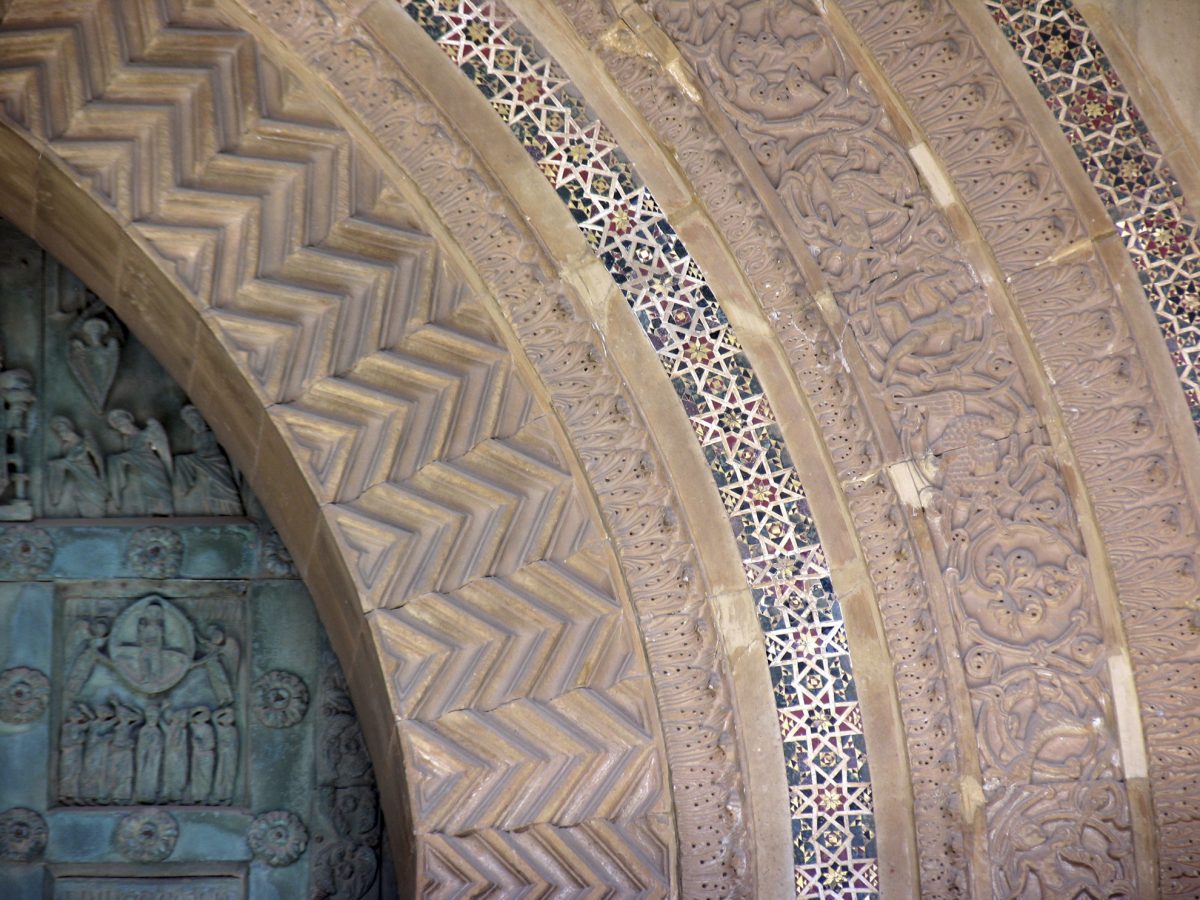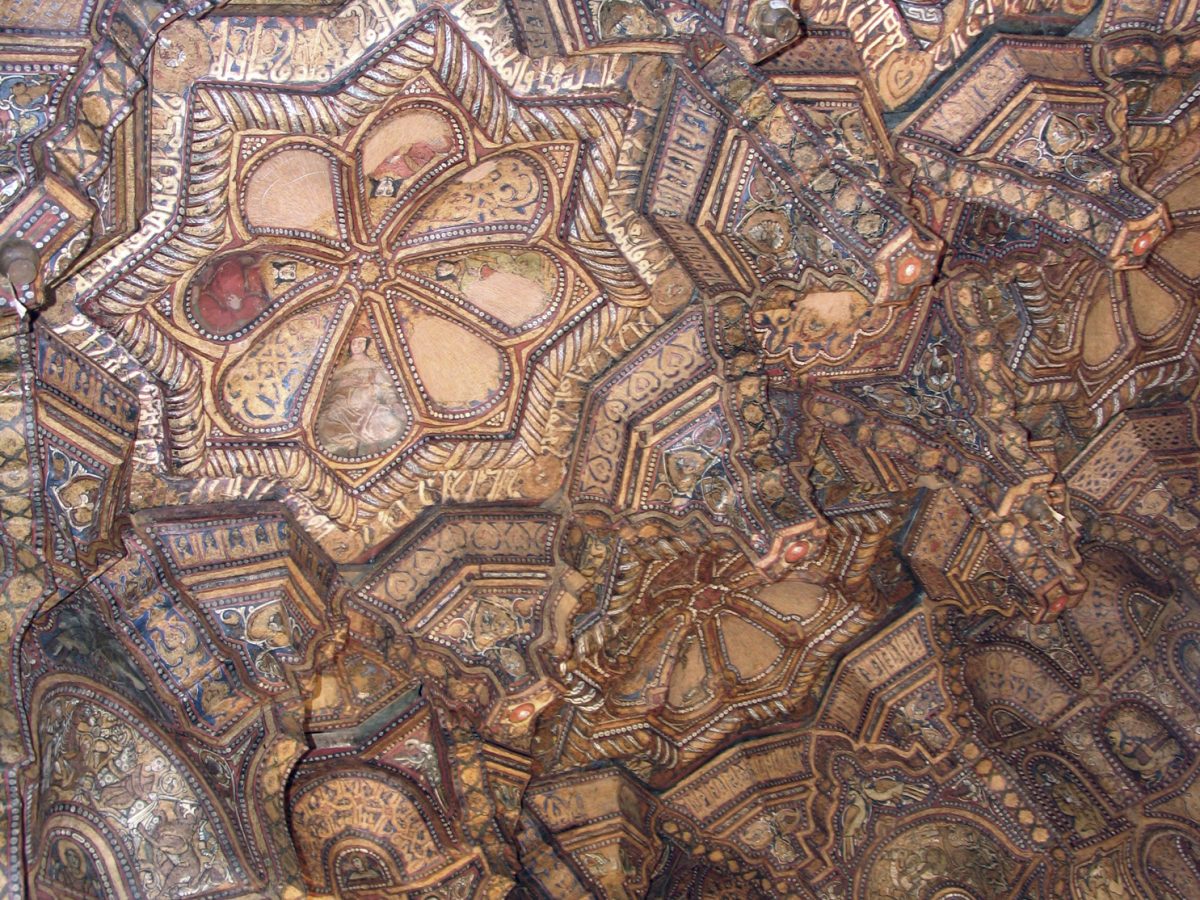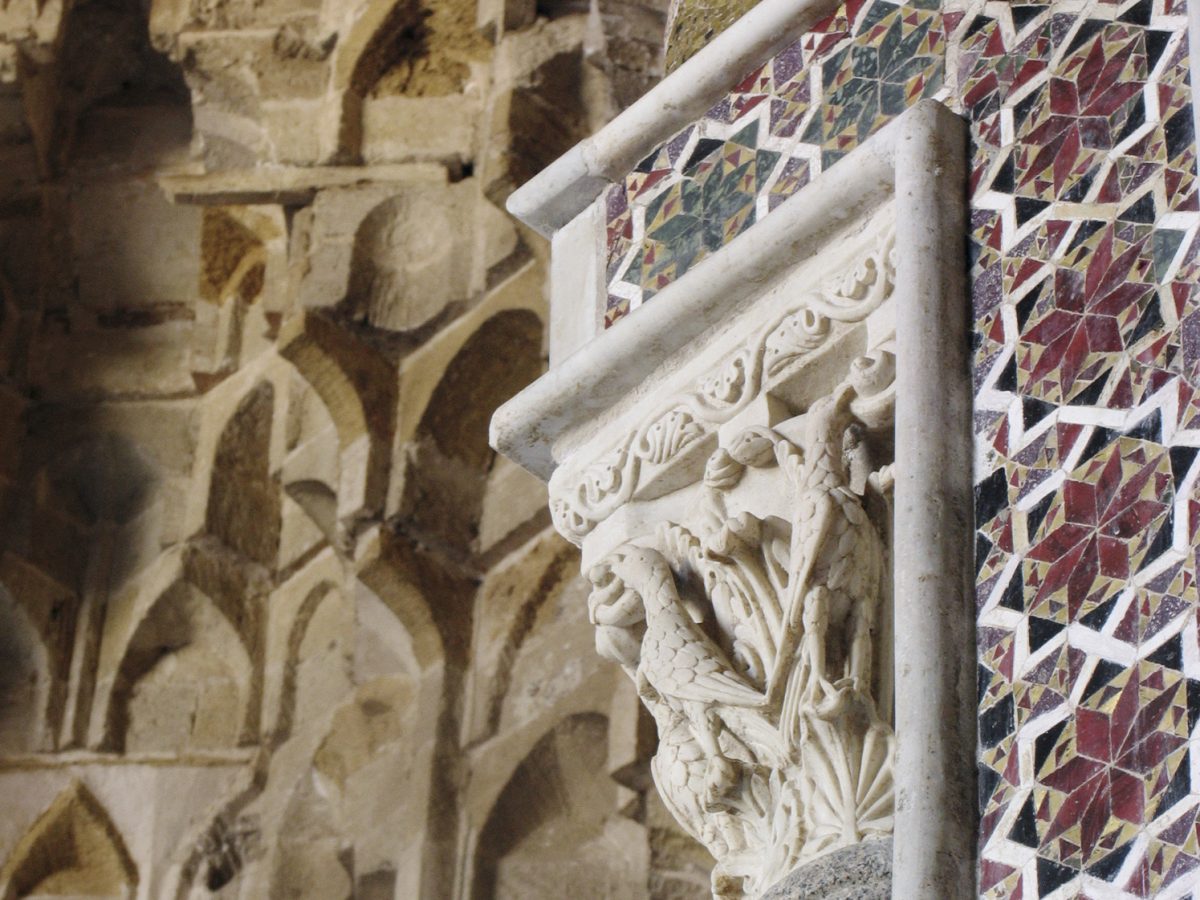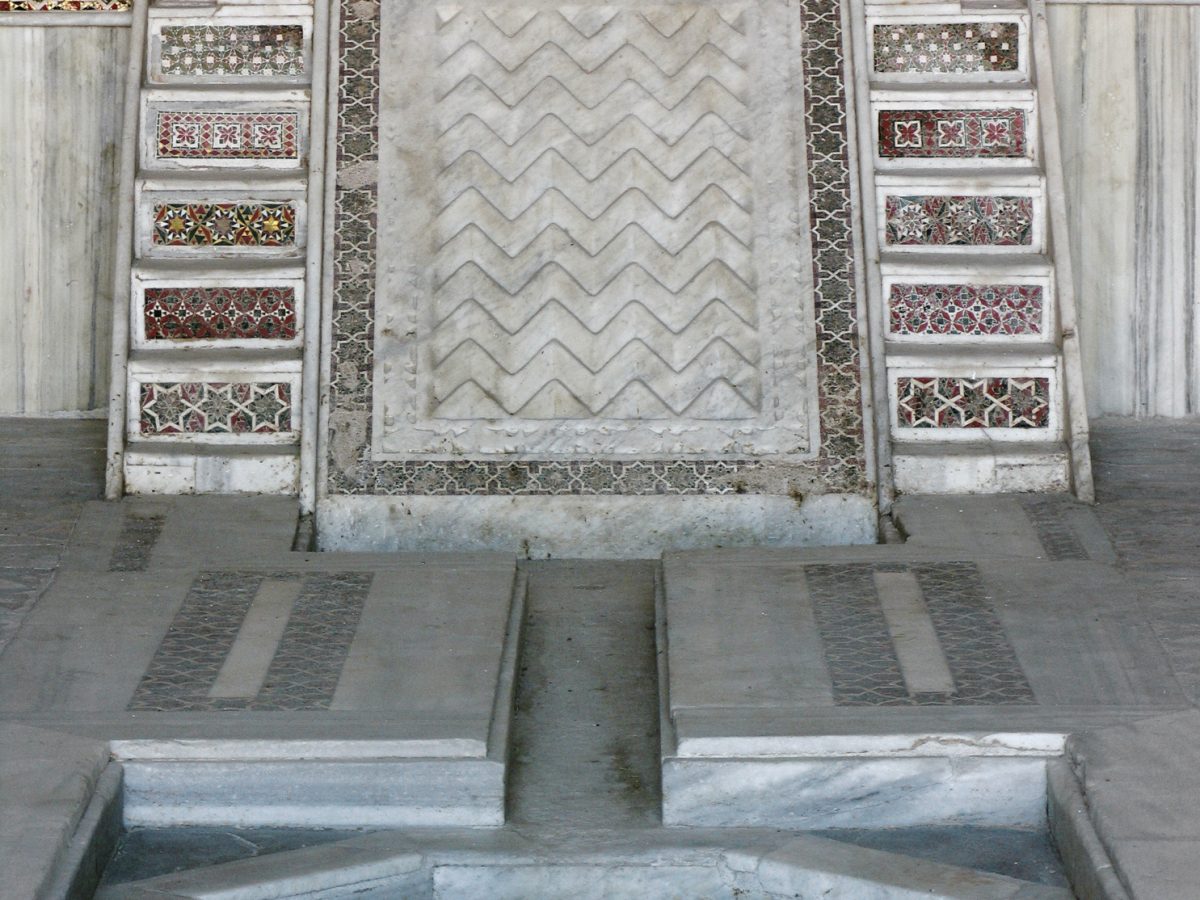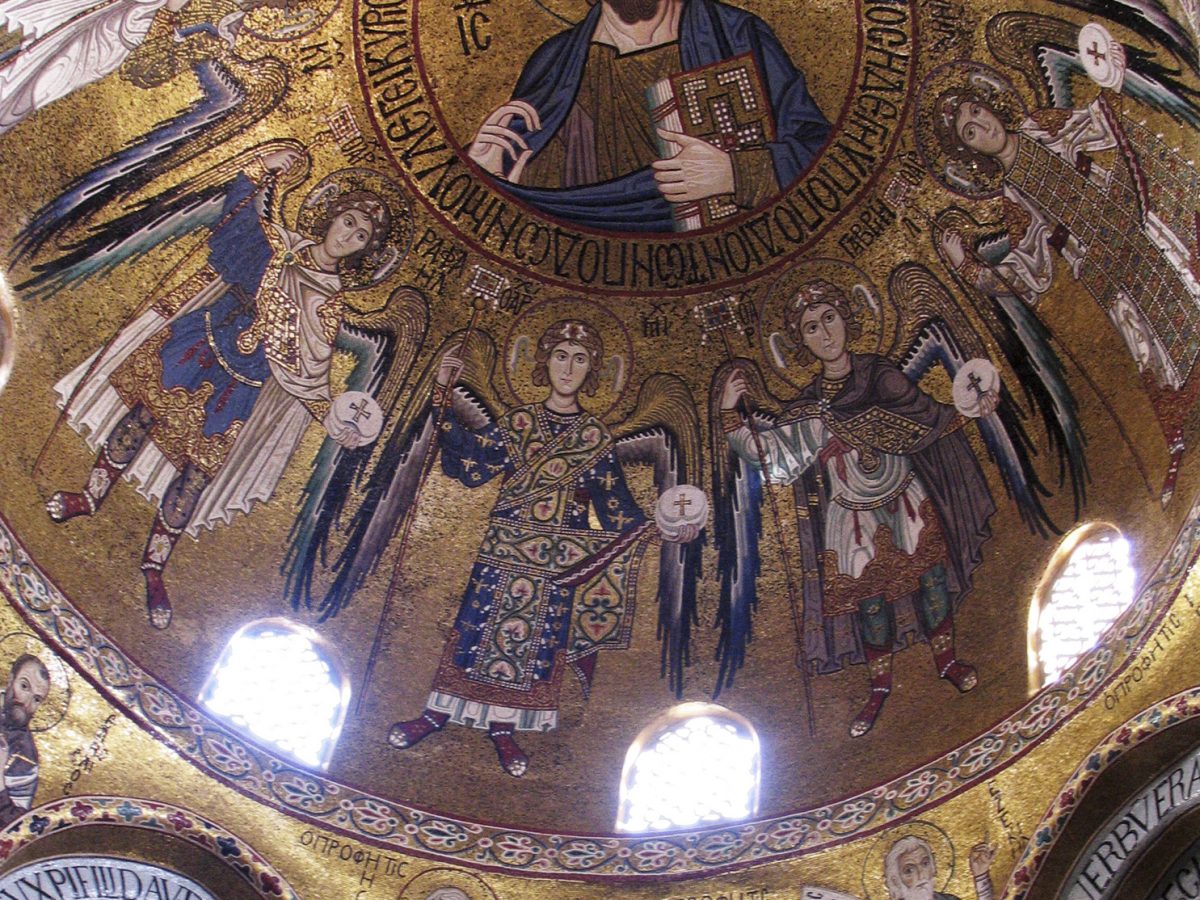Located on the northern coast of the Italian island of Sicily, Arab-Norman Palermo and the Cathedral Churches of Cefalú and Monreale is a series of nine religious and civic structures dating from the era of the Norman kingdom of Sicily (1130-1194). Two palaces, three churches, a cathedral, and a bridge are in Palermo, the capital of the kingdom, and two cathedrals are in the municipalities of Monreale and Cefalù. Collectively, they are an outstanding example of a socio-cultural syncretism between Western, Islamic, and Byzantine cultures. This interchange gave rise to an architectural and artistic expression based on novel concepts of space, structure, and decoration that spread widely throughout the Mediterranean region.
The monuments that comprise this 6.235-ha serial property include the Royal Palace and Palatine Chapel; Zisa Palace; Palermo Cathedral; Monreale Cathedral; Cefalù Cathedral; Church of San Giovanni degli Eremiti; Church of Santa Maria dell’Ammiraglio; Church of San Cataldo; and Admiral’s Bridge. Each illustrates important aspects of the multicultural Western-Islamic-Byzantine syncretism that characterized the Norman kingdom of Sicily during the 12th century. The innovative re-elaboration of architectural forms, structures, and materials and their artistic, decorative, and iconographic treatments – most conspicuously the rich and extensive tesserae mosaics, pavements in opus sectile, marquetry, sculptural elements, paintings, and fittings – celebrate the fruitful coexistence of people of different origins.


